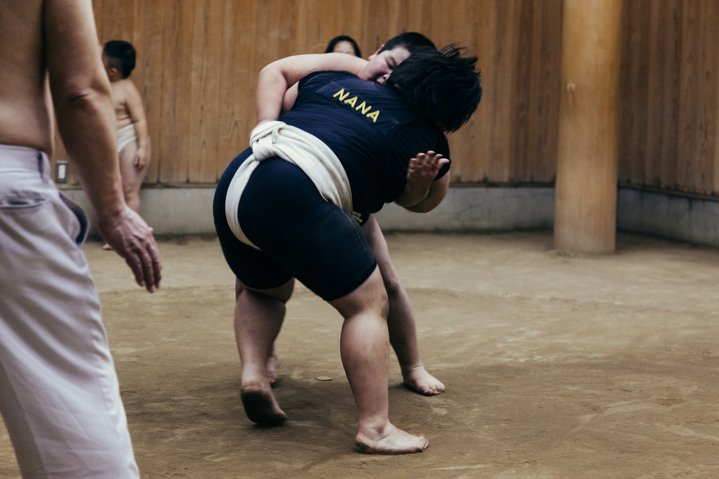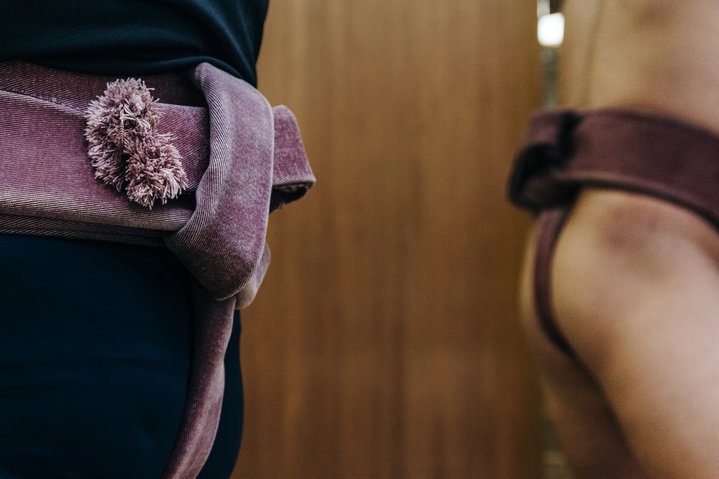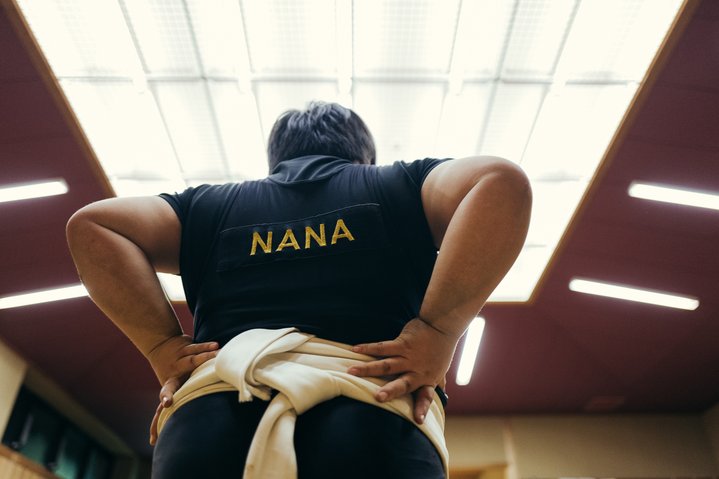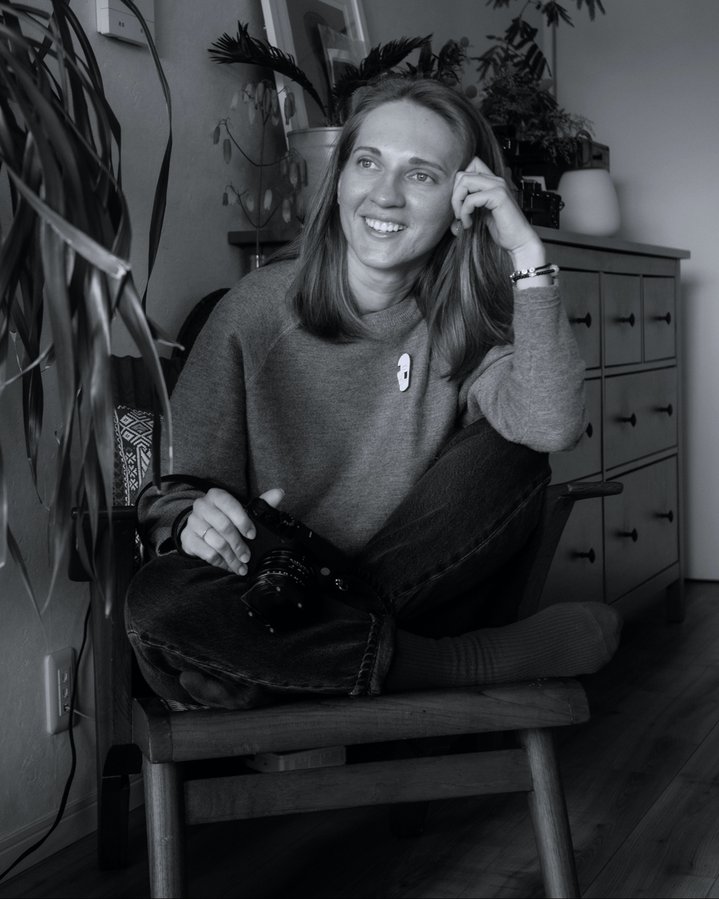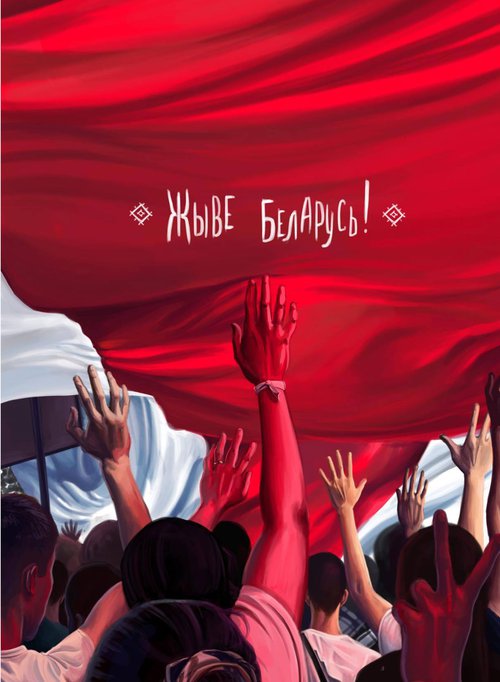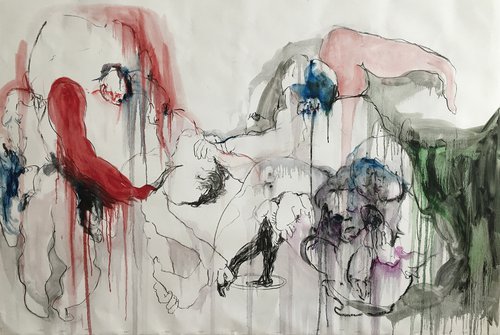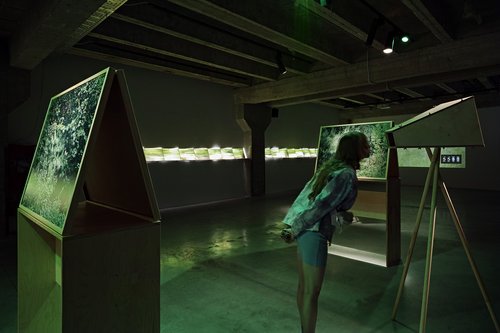Yulia Skogoreva is Changing the Optics of Female Sumo in Japan
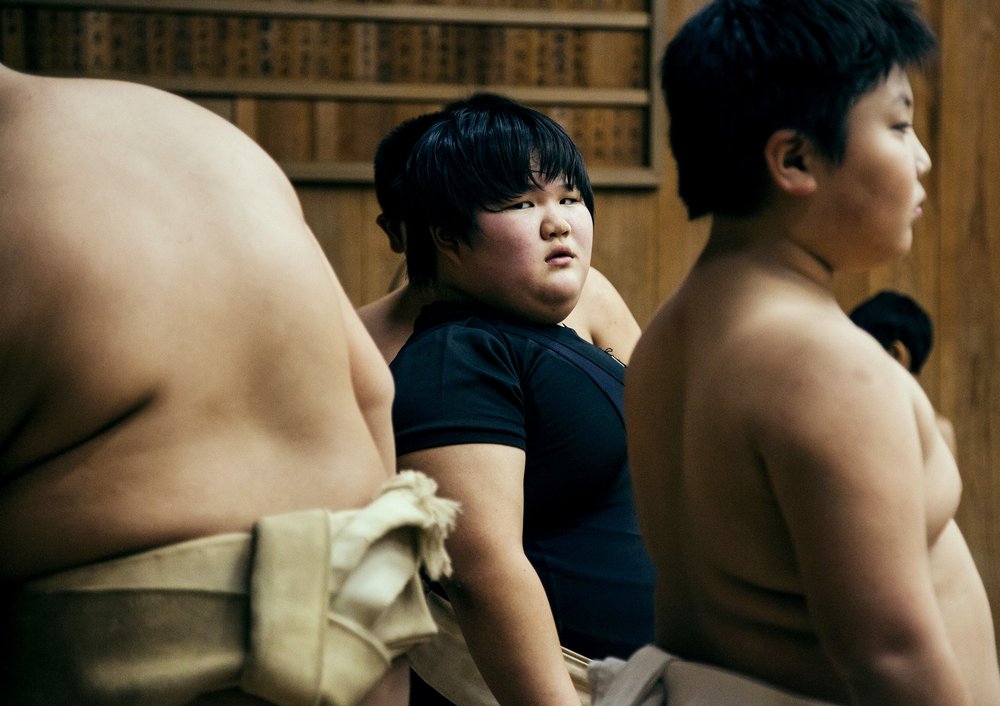
Yulia Skogoreva. Nana's portrait. Salt and Tears series, 2023. Courtesy of the artist
A Russian artist is challenging Japanese notions on this traditional male sport and our perception of the female body in general in her ongoing photography project. Her next exhibition is due to take place in Tokyo this Autumn.
Sumo in Japan is not merely a sport, it is a spiritual practice, deeply connected to Shinto, the indigenous Japanese religion. The ring where wrestlers fight is considered sacred. The best wrestlers' loincloths are decorated with rice braids and washi paper known as shimekazari, an insignia also used to mark devotional objects in Shinto, such as old trees or rocks. Preparations for the fight resemble a ritual dance, and the fight itself is sublime. It is no wonder that yokozuna, the best sumoists, are treated like gods: the power of their enormous bodies and the speed with which they move is supernatural. Perhaps unsurprisingly, women are traditionally not allowed to even enter the ring, much less compete.
Yet as the photographer and artist Yulia Skogoreva (b. 1988) has captured in her ongoing project, ‘Salt and Tears’, young women are now fighting for their place in sumo. Even in Japan, few people know about the existence of a female version of this sport. Skogoreva learned about women's wrestling by accident when she was doing research on traditional Japanese martial arts. Over the past four years, the artist has been documenting Nana, a teenage girl from a small town in northern Japan, who aspires to become a World Champion in the sport
Skogoreva, who currently lives and works in Japan, was born into a family of Soviet intelligentsia and graduated from Moscow State University, specializing in Japanese language at the faculty of Asian and African studies. She arrived in Tokyo in 2011 and applied to the Nippon Photography Institute. Among her teachers were prominent artists such as Sebastiao Salgado (b. 1944) and Chris Steele-Perkins (b. 1947). She joined the fashion department and focused on dance. After graduating, her mentors were the famous portraitist Albert Watson (b. 1942) and world-renowned dance photographer Isabel Muñoz (b. 1951). Her skills in capturing moving bodies led her to collaborate with Butoh dancers and performance artists, as she investigated the traditional forms of human bodies in the context of Anthropocene era architecture.
To be accepted as an artist in Japan one must demonstrate impeccable craftsmanship, regardless of the kind of art one creates, even if it involves gathering found objects. The art called ‘after philosophy’ here is typically produced for export to various Biennales. Inside Japan, curatorial texts typically do not quote French philosophers, and finding an openly political statement in a gallery or museum space is very hard. Skogoreva’s work combines the exceptional mastery typical of Japanese art and a level of political consciousness unusual for Japanese art. Her project on Jyoshizumou, or female sumo, has a strong feminist agenda and has helped make her subjects more widely recognized and accepted by society.
Jyoshizumou has its roots in the 16th century. During the Tokugawa shogunate, women were forbidden from stepping into the ring due to the eroticism associated with the naked female body. Since then, female wrestling has been seen as unacceptable, and the presence of women in the ring is considered sacrilegious. Female sumo reappeared in postwar Japan simply as a sport where men and women have equal rights, while retaining some of the elements of ancient practices in the game, such as salt spreading.
As an outsider, Skogoreva does not pass cultural judgment on the wrestlers. She is also able to transcend any erotic objectification of the fighters' bodies. She is a discoverer and an admirer. We enter the sacred space of sumo life along with her, much like Edgar Degas (1834–1917) enters the dancing class. Skogoreva sympathizes with her main hero Nana, sharing her pain and her victories, portraying the private life of the future champion in a manner similar to how Henri Toulouse-Lautrec (1864–1901) witnessed the hidden life of Montmartre, devoid of its glamorous sheen and with eyes wide open.
Skogoreva first met Nana in 2019. It would not be quite right to say that she has changed history. But she has captured its unfolding: Nana's growth is emblematic of the arrival of a new era, when the choice to participate in the forbidden male sport is no longer stigmatized. Skogoreva describes Nana as ambitious, kind, and shy at the same time. She stands out in her home province of Niigata, where standards for women, both in terms of lifestyles and physical beauty, remain fiercely traditional. Yet the local community has embraced her: she is not just well-known in her hometown, she is its star and a source of common local pride. On May 14th this year, Nana won Japan’s National Championship, and the next step is the World Competition. Recently Skogoreva received a prestigious Fujifilm Award for Portfolio review during the Kyotographie International, a prominent annual photography festival held in Kyoto. Skogoreva’s telling of Nana’s story will continue: her next show will be a personal exhibition from October 27th to November 9th at the Fujifilm Square gallery in Tokyo.






